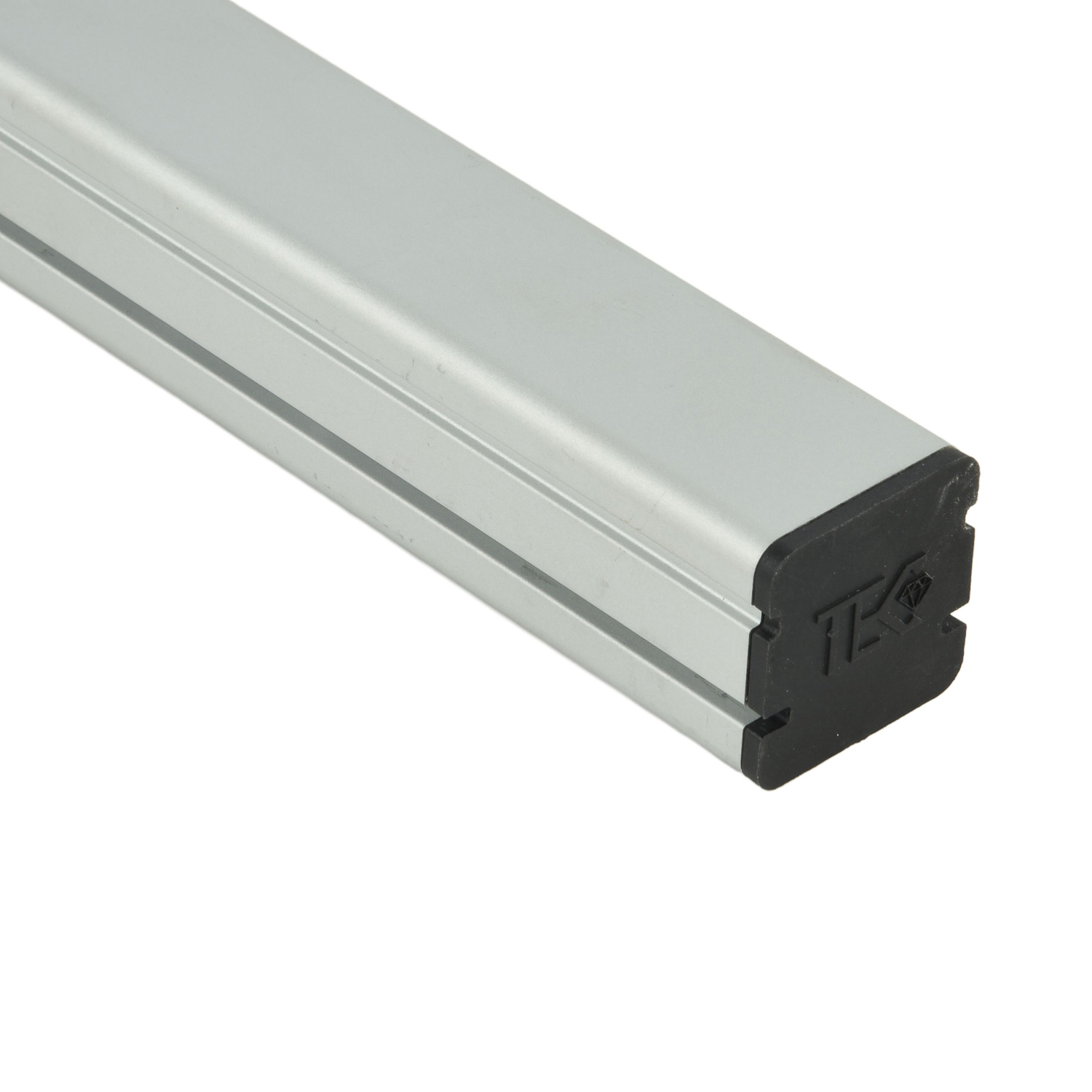How to achieve high-precision calibration for magnetostrictive sensors?
Understanding Magnetostrictive Sensor Fundamentals
To achieve high-precision calibration, one must first grasp the core operating principle of magnetostrictive sensors. These devices measure position by exploiting the magnetostrictive effect, where a ferromagnetic material changes shape in the presence of a magnetic field. A current pulse sent down a waveguide wire interacts with the magnetic field from a position magnet, generating a torsional strain wave. The time delay between the pulse's transmission and the wave's return is precisely proportional to the magnet's position. Calibration is the critical process of mapping this time-distance relationship with extreme accuracy, ensuring the sensor's output faithfully represents the true physical measurement.
Establishing a Controlled Calibration Environment
Environmental stability is paramount for reliable calibration results. Temperature fluctuations are a primary source of error, as they can alter the speed of sound in the waveguide material. Therefore, calibration should be performed in a temperature-controlled laboratory, ideally at a standard reference temperature like 20°C. Additionally, the sensor must be isolated from external vibrations and electromagnetic interference (EMI) that could distort the sensitive acoustic signals. Using a precision fixture to hold the sensor and the calibration target eliminates mechanical play, ensuring that positional measurements are referenced from a consistent and stable datum point.
Implementing Precision Signal Conditioning and Data Acquisition
The quality of the electrical signal is the lifeblood of accurate calibration. The interrogation pulses must be clean, with sharp rise times and stable amplitude, to generate a well-defined strain wave. The returning signal is often weak and requires high-gain, low-noise amplification. Utilizing a high-resolution digital oscilloscope or a dedicated data acquisition card with a sampling rate significantly higher than the signal frequency is essential. This allows for precise time-of-flight measurement, which is the foundation for calculating position. Averaging multiple readings can further reduce random noise and improve the signal-to-noise ratio.
Executing a Multi-Point Calibration Procedure
A single-point calibration is insufficient for high-precision applications. A robust multi-point calibration procedure must be followed. This involves moving the position magnet to a series of known, traceable reference points along the sensor's measurement range using a device like a laser interferometer or a high-precision linear stage. At each point, the sensor's raw output (e.g., time delay or unscaled voltage) is recorded. This process effectively characterizes the sensor's linearity, hysteresis, and repeatability across its entire operational stroke, creating a comprehensive data set for building an accurate transfer function.
Applying Advanced Error Compensation Algorithms
After collecting multi-point data, the next step is to apply mathematical compensation to correct for inherent non-linearities and environmental effects. The raw data points are used to create a best-fit calibration curve, often through linear regression or higher-order polynomial fitting. For the highest accuracy, temperature compensation is integrated. This involves characterizing the sensor's thermal drift and applying a correction factor based on an onboard temperature sensor's reading. These algorithms are typically embedded in the sensor's electronics or the host controller's software, translating the raw signal into a highly accurate, temperature-compensated position value.
Verifying Calibration Accuracy and System Validation
The final, critical phase is independent verification. Using a separate set of reference points not used in the original calibration, the sensor's output is compared against the known standard. The differences are quantified as the calibration accuracy, often stated as a percentage of full-scale range or as a maximum deviation. Metrics like non-linearity, repeatability, and resolution should be calculated and documented. This validation process confirms the success of the calibration and provides the confidence needed for deployment in critical industrial measurement and control systems. Regular re-verification is recommended to maintain precision over the sensor's lifetime.

 UpgradingYourLevelMeasurementS
UpgradingYourLevelMeasurementS
 Why are magnetostrictive level
Why are magnetostrictive level
 ComparingMagnetostrictiveandRa
ComparingMagnetostrictiveandRa
 MagnetostrictiveLevelSensorfor
MagnetostrictiveLevelSensorfor
